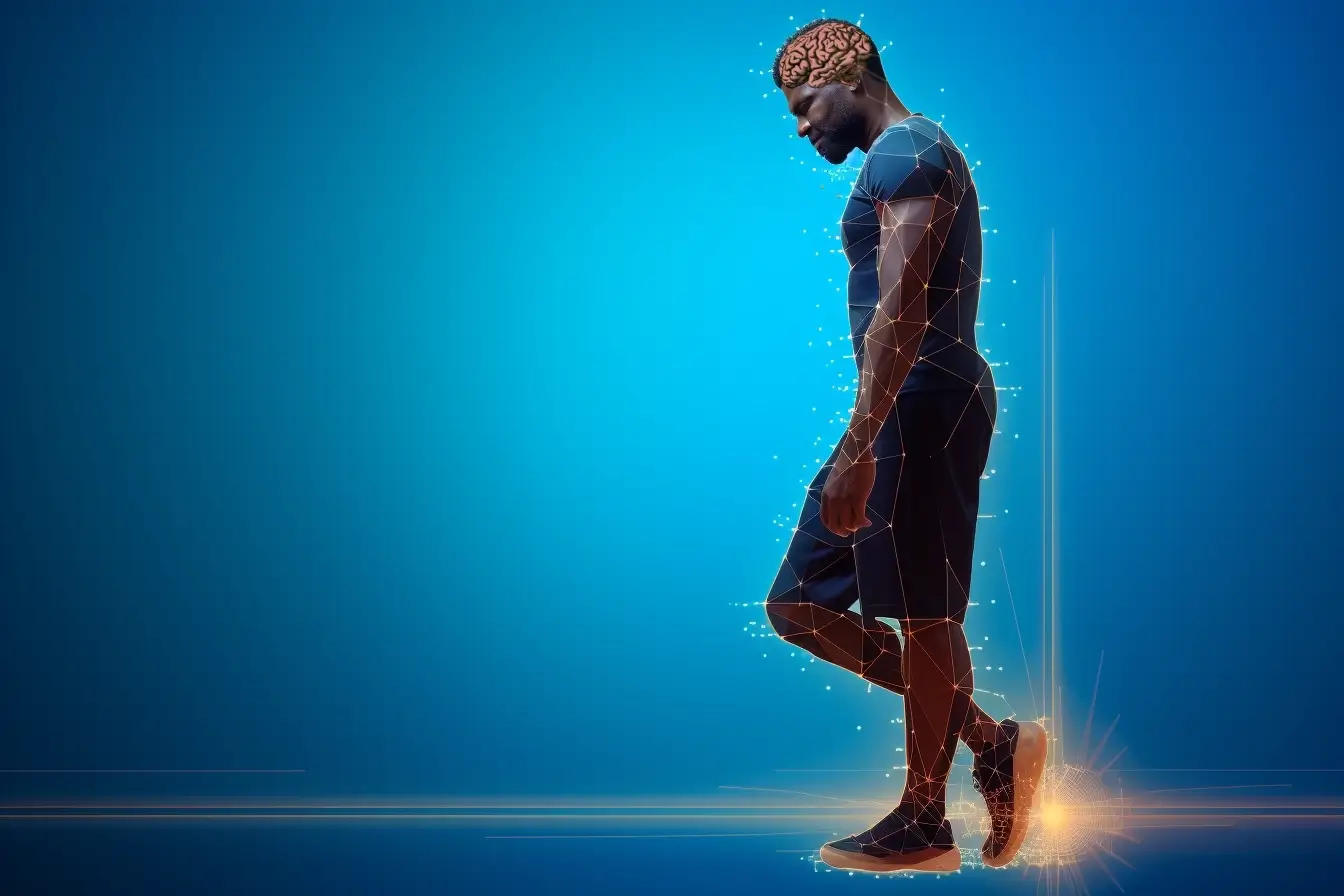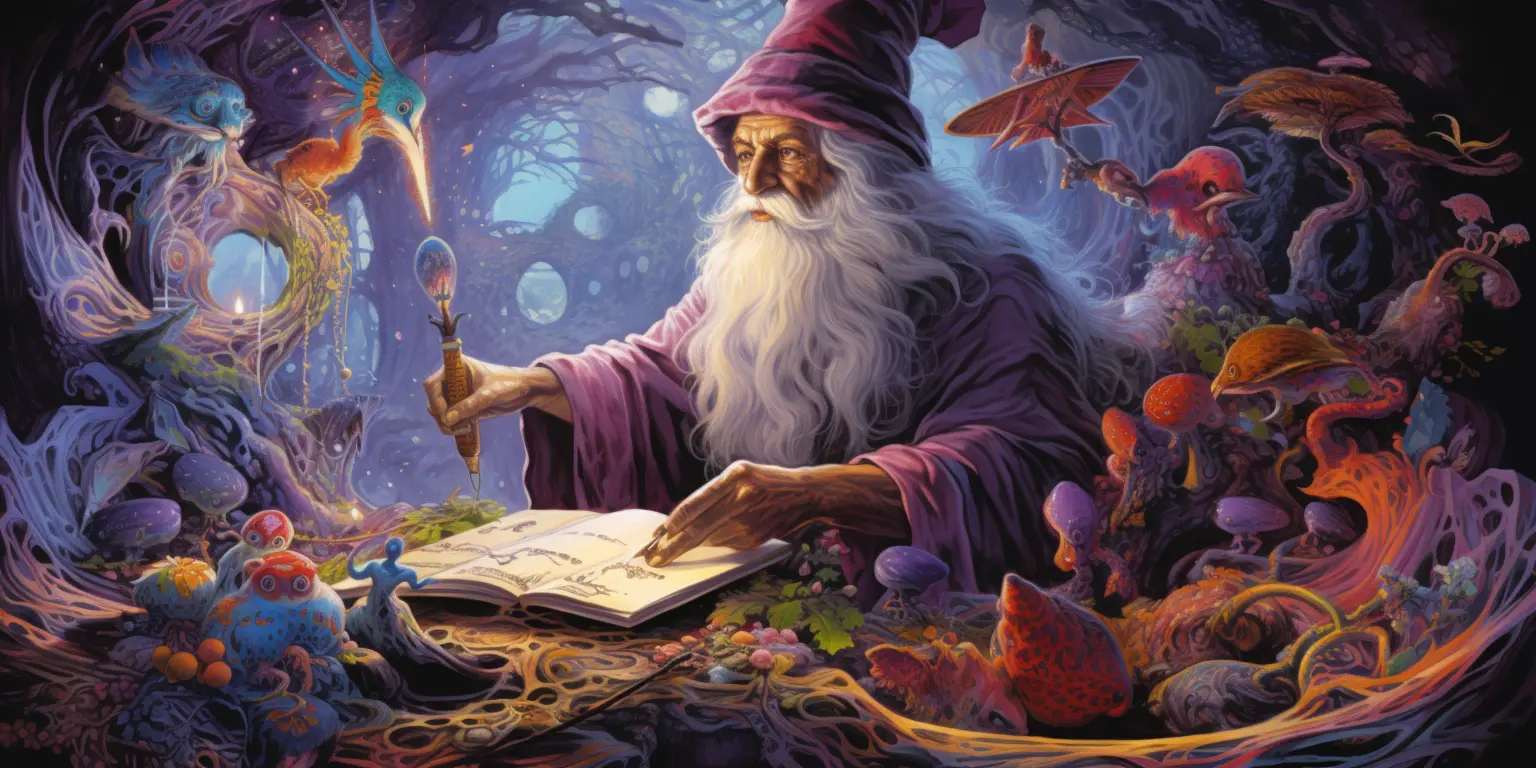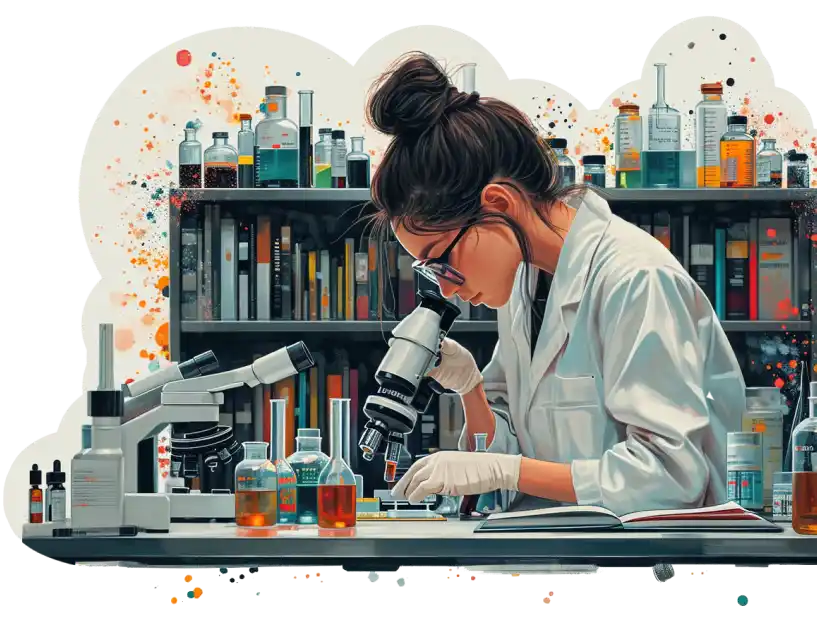Breaking my ankle was bad — a severe trimalleolar fracture, essentially separating my foot from the calf. That ankle will never be good — but the lingering pain that persisted for years to come was almost worse than the injury itself. Sometimes, it was just a dull, limp-inducing ache in the morning, while in other cases, after a long day of walking, it could hit the point where each step was torture. And almost worse than the pain itself was the growing suspicion that it would be that way for the rest of my life – the assumption that I was afflicted with lifelong chronic pain.
Physical therapy had only done so much, recovering some of my range of motion, but only up to a point. Now, my left ankle has about half the mobility of the right. And still, there was the pain. Primarily if I did anything that pushed it to the limit of its new diminished capacity for flexion. It was as if there was a tiny wall in the front of my ankle that wouldn’t allow it to move any further. As it turned out, however, the wall was in my head.
One day, about two years after my injury, I took a not-insignificant quantity of LSD. At some point, when I was well into things, I began playing a game of paddle ball with a friend, which had me dashing about. It wasn’t until later that I realized it was the first time I had done any running at all since the accident, let alone leaping and jumping — and all of it pain-free.
And this was when it first hit me: perhaps there wasn’t any physical justification for the pain?
Psychedelics and Pain: Understanding The Science

As it turns out, a growing number of researchers are interested in the potential to treat chronic pain with psychedelics. I first encountered the concept (beyond my anecdotal experience) at Psychedelic Sciences 2023, where I caught the tail end of a panel on the topic.
Later, I caught up with one of the speakers, a pain physician and Associate Medical Director at UC San Diego’s Psychedelics and Health Research Initiative, Joel Castellanos, who co-authored one of the first papers on the matter.(1)
“Classic serotonergic psychedelics are postulated to help with chronic pain in several ways,” he explained. “First, they act on the serotonin 2A receptor and to a lesser degree on other serotonin receptors predominantly in the central nervous system but also in the peripheral nervous system. Through this serotonin 2A receptor interaction, they have the potential to help with chronic pain in several ways.”
Essentially, in a direct, physical sense, it leads to a “dampening down” of pain perception via a process called “descending inhibition.” Nutshell explanation: it turns down one’s sensitivity to pain.(1)
At the same time, thanks to psychedelics’ ability to drive neuroplasticity in the brain — a state that helps the brain to create new neural connections — it may be that these substances allow sufferers of chronic pain to, in a sense, unlearn their pain response. This is very likely what happened to me.
“In chronic pain,” says Castellanos, “oftentimes the body is sensing normal stimuli as painful stimuli. Psychedelics activate genes related to neuroplasticity, which give the nervous system the opportunities to learn to sense these non-painful stimuli more appropriately.”
To put that another way, the chronic pain I was experiencing may have been a learned response rather than one based on actual pain inputs — my ankle had long since healed, but my brain didn’t realize it. In a sense, psychedelics revealed the true nature of the situation and then provided me with the neuroplastic window necessary to correct it (more on that in a moment).(1)
This revelatory aspect, Castellanos explained, could be another way psychedelics help, essentially by reframing one’s circumstance.
“Chronic pain patients are often isolated and limited in their activity, which causes further pain and isolation due to inactivity,” he elaborated. “This obviously has implications for their mental health. These lifestyle patterns lead to neuronal firing patterns that further exacerbate patients’ situations. Psychedelic experiences reset some of these neuronal firing patterns — called the Default Mode Network — to a more efficient, healthy pattern that allows patients to see themselves and their situation in a new light.”
Psychedelics and Pain: Where The Research Sits

At this point, research on psychedelics and pain is still in its early stages.
Says Castellanos, “We know that these serotonergic psychedelics — LSD, psilocybin, mescaline — work on the serotonin 2A receptor and have several downstream effects (something that occurs after the primary action). We are still researching how best to leverage this information. It seems that neuroplasticity plays a significant role. If this proves to be true, it will have implications for potential therapies not only for pain but for patients who have suffered strokes, spinal cord injuries, and traumatic brain injuries to optimize their functional and cognitive recovery by leveraging these neuroplastic effects.”
He explains that experimentation has shown that coupling the psychedelic experience with existing pain therapies is more effective than either psychedelics or therapy alone. At the moment, Castellanos says that researchers are trying to determine which chronic pain conditions best respond to psychedelics, how neuroplasticity can be leveraged, which combination and dosage of psychedelics works most effectively, and how physical and cognitive therapy should be integrated into treatment.
While the evidence is promising, Castellanos warns us to be careful before jumping to conclusions, saying, “First and foremost, we need to protect patients. These substances elicit profound effects on a patient’s perception of the world around them and the self within them. We have a responsibility to guide these patients through this and continue to advocate for them even if psychedelics aren’t a viable option for them. We also need to do the work. There is a lot of attention on psychedelics, and the suggestion that they may act as a panacea is unfounded. As clinicians and researchers, we need to stay diligent in identifying which types of conditions respond most robustly to psychedelics and learn from patients that don’t respond or have adverse effects.”
Bearing this in mind, while I know that my case is anecdotal, it certainly seems representative of the potential benefits discussed.
Psychedelics and Pain: Helping The Brain Learn How to Heal

The word “psychedelic” is derived from the Greek words for “mind manifesting,” and in the case of my chronic pain, it turned out to be precisely that — a manifestation of my own conjuring.
While the aforementioned LSD experience planted the seed that my pain was more illusory than real (we shall set aside the discussion as to whether all pain is, in fact, illusory for another time!), it wasn’t until a later psilocybin journey that I truly put the whole thing to the test. I became highly convinced that the lifelong damage that I had thought to be so real and absolute was, at least to some degree, a figment of my imagination.
At the time, I happened to be in the middle of a prolonged camping trip, so I spent the coming days and weeks (that neuroplastic window) actively pushing my ankle beyond its comfort zone through yoga, hiking up and down rough trails, lots of running and jumping, and so on. The results were dramatic, with mobility reclaimed rapidly and pain seeming to reduce just as fast.
After a mere month or so, the worst of the pain had vanished, and usually, all I encountered was soreness upon waking that subsided over the course of the morning. Today — one year later — I seldom experience pain at all. The damaged ankle of which I was agonizingly aware for two years is now back to normal for all practical purposes. Maybe a bit of stiffness after a particularly long day, but that’s all.
Sure, in the end, a dedicated physical therapy regimen got me over the worst of it. But I don’t think I would have gotten there if it were not for LSD and psilocybin. The substances suggested to me that things were not what they seemed — even pain — then provided me with the reframing and retraining I needed to make a change.
Perhaps, more than anything, that’s what psychedelics do: allow us to see things in a different light — even pain.
- Castellanos, J. P., Woolley, C., Bruno, K. A., Zeidan, F., Halberstadt, A., & Furnish, T. (2020). Chronic pain and psychedelics: a review and proposed mechanism of action. Regional Anesthesia & Pain Medicine, 45(7), 486–494. https://doi.org/10.1136/rapm-2020-101273
 Nick Hilden
Nick Hilden



 Ross Dillon
Ross Dillon 
 David Connell
David Connell

